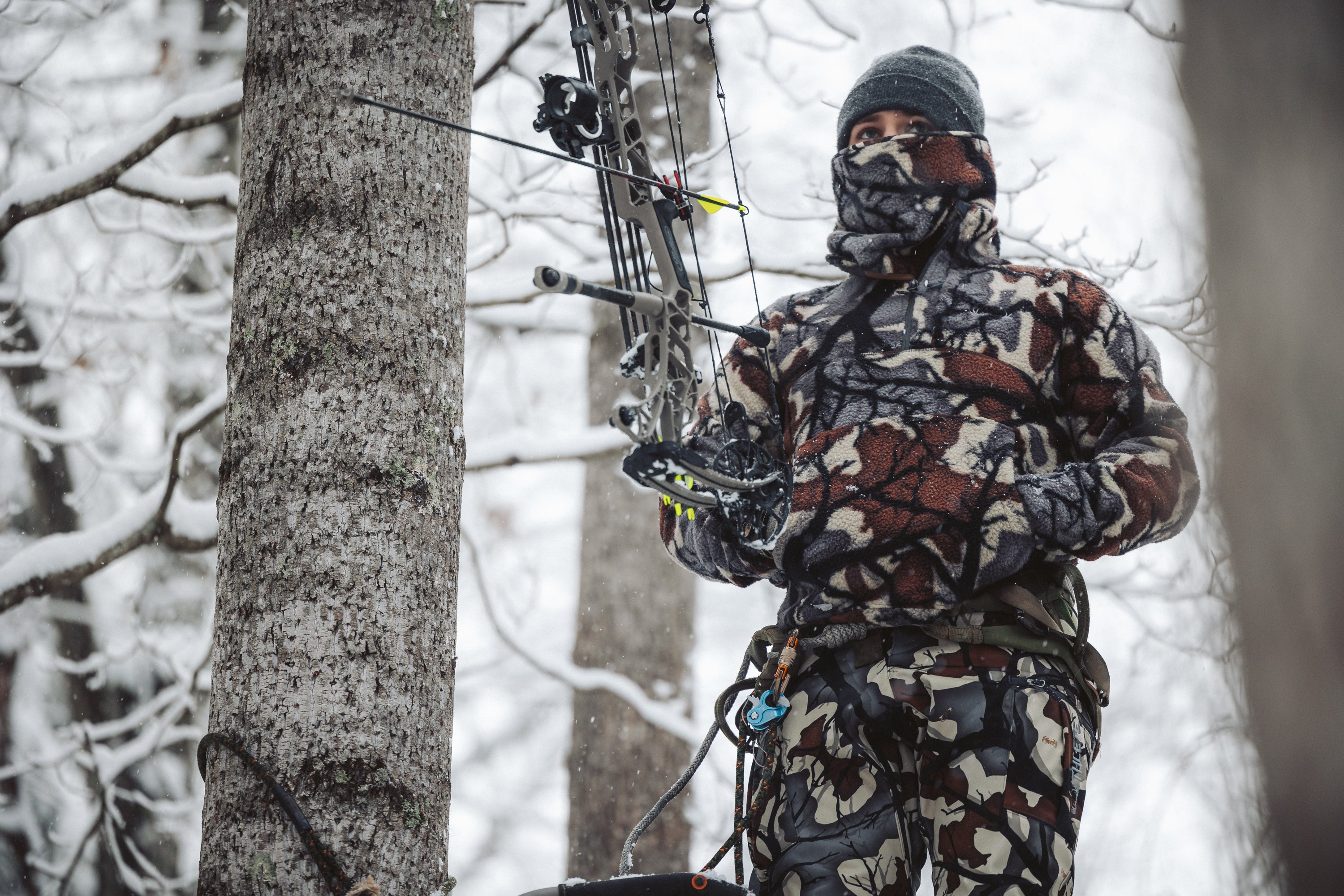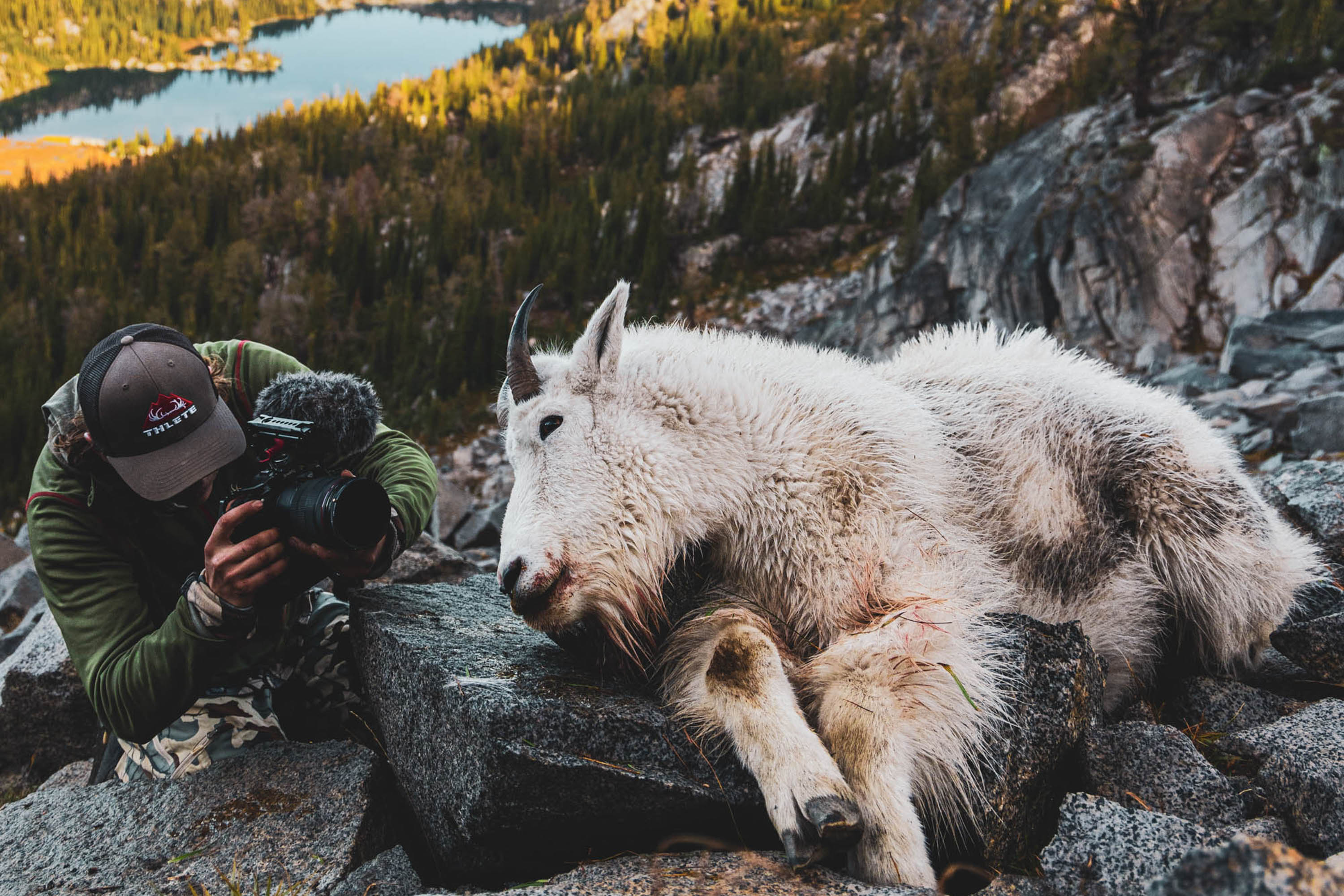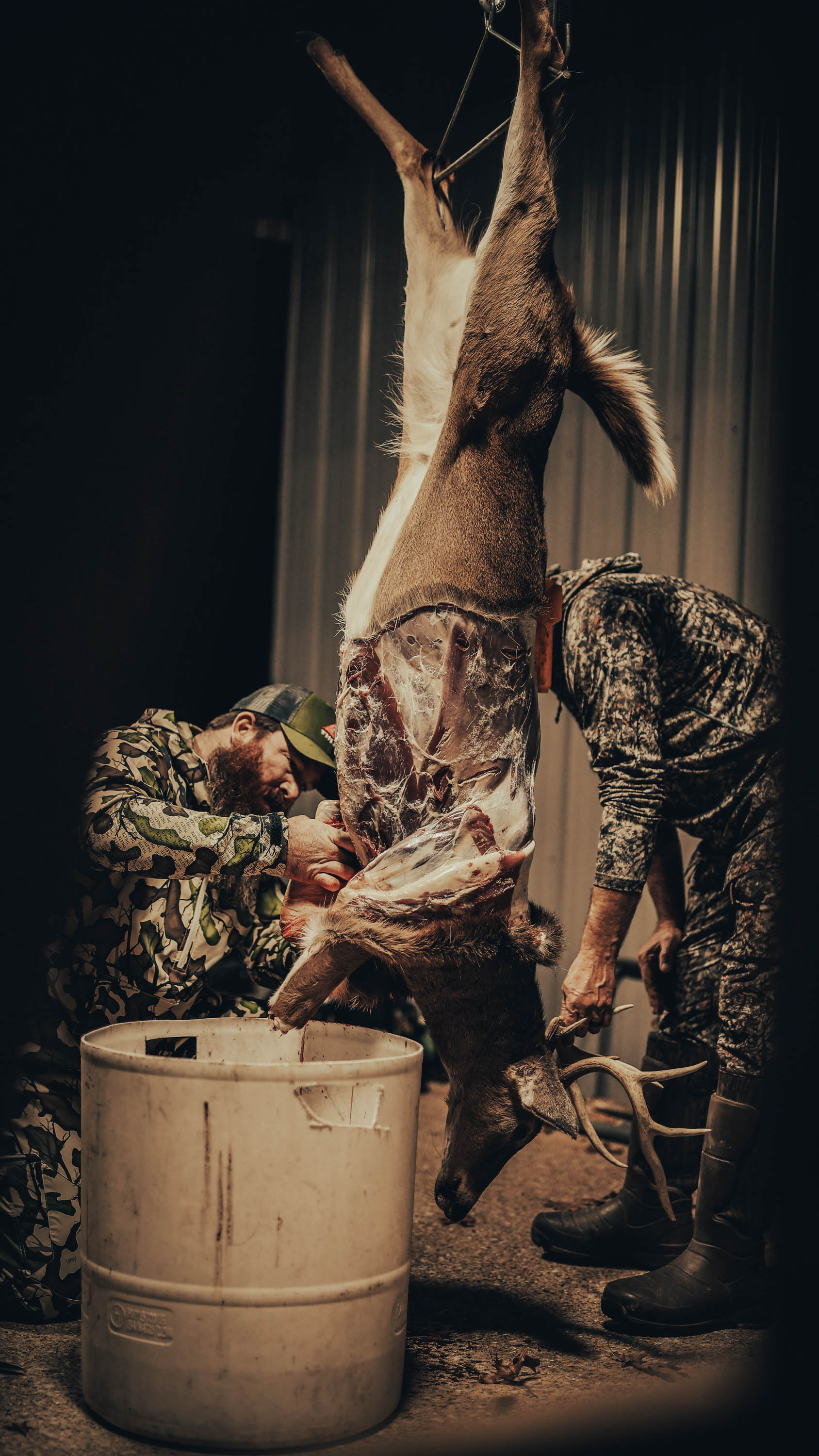
8 Tips For Public Land Turkey Hunting
Hunting turkeys on public land can be downright tough. The uptick in human intrusion and a few sour notes from a slate can educate a tom and make him very difficult to locate and kill. But, with a little luck and an understanding of how pressured birds operate, you can turn the tides in your favor and put a good public land tom on the ground this spring. Here are 8 tips to assist in hunting pressured public land gobblers.

- Keep it simple: No need to master every call on the turkey vocab list. A simple yelp is basically, the "hey, how are ya" or "hey, I'm over here," in turkey lingo. By being overly aggressive, you up the odds of hitting an off-key note and spooking the bird. The easiest thing to do is over-call which can be a big mistake. Think about hens that you have heard in the wild, more often than not, all you hear is a yelp or a simple cluck. Where things get tricky is deciphering a cluck from a putt. A cluck is a vocalization that conveys calmness whereas a putt is a "hey, everyone be alert!" vocalization. If you want to improve your turkey vocab, learn and be able to distinguish what each sound stand for. As you become more proficient with your calling, you can tackle the purr, kee kee, cackle, and cutt, but unless you have them mastered, it is often better to leave them out of your calling sequence. I can remember one public land hunt in particular in southeastern Minnesota where I was set up on a bird well before sunrise. As the first rays of light broke across the valley, I quickly realized that I was not alone on the ridge. Across the valley, another hunter was after the same bird. I estimate that he was 300 yards off, but by the intensity of his calling, it sounded like he was on the other side of the tree from me. Needless to say, the gobbler did not buy into either of our serenades and after he hit the ground, he shut up for good. The lesson here, call less and tone it down; in most cases, there is no need to scream at them.
- Know when to move: Sometimes a bird will talk your ear off even though he has no intention of making a move. He may be educated or henned up; regardless, he is not as interested as he seems. You have two options on finicky birds, make a move or walk away. If the bird is in a location that offers an opportunity for a stalk, go after him on his turf. By closing the distance and changing the angle of your calling you can fool him into thinking you are an interested hen. If he is in a location that is just to difficult to get at, leave him be and come back in a couple of hours. As mentioned above, call less frequently and very soft; a few soft yelps may be all it takes to draw him in. If he gobbles once, shut up and get ready.
- Run and Gun: When all else fails, jump in your truck and hit the backroads. This strategy works particularly well in the late season once everything has greened up. Late season means fewer hunters in the woods and easier stalking. Although birds have been hunted, they are still killable, but it may be best to leave your calls behind. If you can spot a gobbler from a distance, you can try to get in front of him and cut him off. Pack light and wear good boots, an all our run to get ahead of a tom is not out of the question.
- Hunt the crappy days: Public lands birds are a strange breed. Some days they will be gobbling to beat the band and others they will not say a single note. While you can't make them talk, there is one surefire tactic to see more birds, and that is to hunt the crappy days. If there is rain or excessive wind, birds will congregate in fields and wind-broke areas. It is widely believed that turkeys do this for two reasons, rain and wind create an unsafe environment inside the woods by increasing noise and commotion. It is more difficult for turkeys to elude predators and by heading for open ground, they can monitor their surrounding more efficiently. Second, rain means bugs and bugs mean food. Turkeys love picking their way through open fields during heavy rains to take advantage of the all-out bug buffet. A rainy late season day can be a great time to sneak up on a call shy gobbler that has eluded hunters all season, more often than not he will be on a field edge picking bugs.
- Shut up: Play hard to get. A gobbler will not feel any sense of urgency to investigate if he can keep constant tabs on you via your calling. Lay off the call and the duration of the call sequence. If he responds, shut up and let his curiosity get the best of him. The above tactic is not surefire, but many avid turkey hunters agree that more birds come in this way than any other. Rarely do public land toms come running from the roost in the morning; you have to coax them a bit. If he sounds off and you figure he is within 100 yards, get ready. It is very common for public land birds to close the final distance without making a sound. Look for his head to cautiously come bobbing into view. Patience is the key to this tactic, you cannot move a muscle. The gobbler will be on the lookout as he moves in.
- Avoid using blinds: In my experience with eastern gobblers, a blind is a big red flag on public land eastern toms; they have seen the same routine field-edge setup too many times. Focus on natural hides and funnels to up your odds and avoid using bulky ground blinds if possible. Hunting from a blind may very well work for you, but don't be afraid to ditch it if you are getting busted.
- Hunt small tracts: The large well known public hunting grounds will get hit first. By focusing on small tracts of land (200 acres or less) you may very well not only find yourself alone, but you have a chance at toms that have not been hunted at all. So don't overlook the 50-acre piece of land that everybody else has driven past, it could be the key to punching your tag.
- Take the afternoon shift (where legal): If you ask most turkey hunters when they prefer to be in the woods, they will say sunrise. The birds are gobbling and it is easy to locate them before they fly down from their roost. However, pressured birds know when they are most vulnerable to hunting pressure and being that most hunters are in the woods at dawn, turkeys get wise to the same old tricks. By switching to the midday or afternoon shift, hunting pressure will be reduced. By focusing more on strut zones and travel corridors, you can narrow down your search for a big public land tom. Birds will likely be gobbling less, but with fewer people in the woods disturbing them, they are often easier to kill. Another plus to hunting the mid-day/afternoon is that toms are more apt to be alone. As hens break away to nest after fly-down, a tom will be scrambling to find a willing hen to replace his lost flock.




